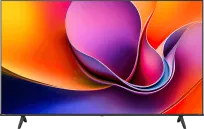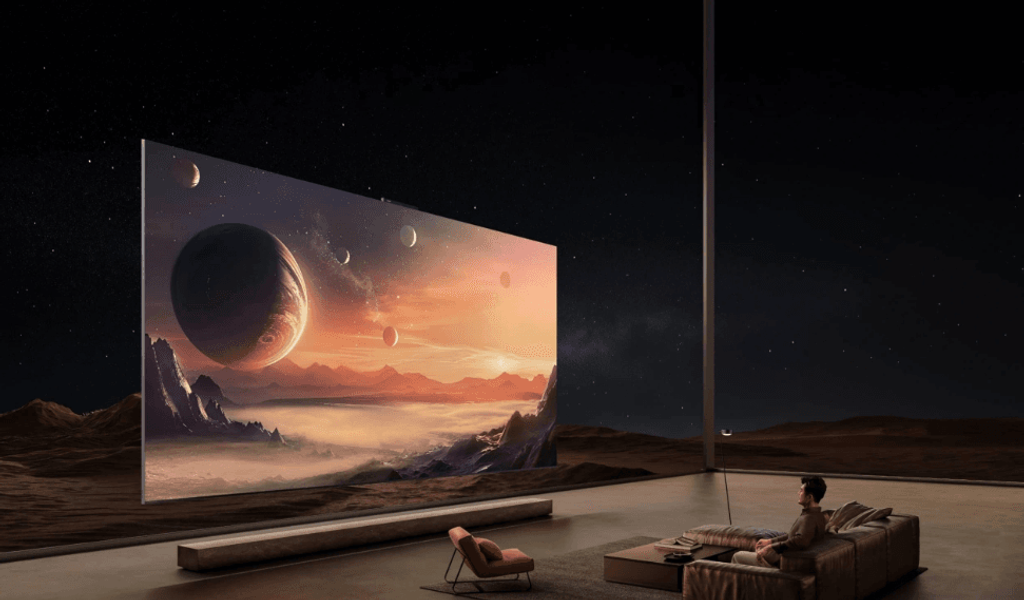
For years, television manufacturers have been circling the same theme: more LED threads, better brightness, perfect black, higher resolution, smaller pixels, and even better colour reproduction. And now? A team of Koreans has decided to take a completely different path. And one that could upend the entire audio-visual industry.
Instead of improving the picture, the team from Pohang University of Science and Technology (POSTECH) decided to do something unexpected – to turn every pixel into… a speaker. Seriously.
Pixel-Based Local Sound OLED – a revolution that sounds
The new technology is called Pixel-Based Local Sound OLED and at first glance, it looks like science fiction. But no – it's not some concept from CES, but a working prototype of a 13-inch OLED panel. Instead of classic membranes and transducers, scientists have used piezoelectric actuators embedded directly in the structure of the pixels.
In practice, it works like this: each pixel converts an electrical signal into micro-vibrations that generate sound. Directly from the screen. We don’t need any soundbars, there are no holes in the casing, and there’s no need to fiddle with directional audio. Sounds? It does – and it’s local, precise, pinpointed. Without crosstalk, without interference, with the ability to assign a specific sound to a specific place on the screen.
No compromises: image and sound in one
Crucially, the entire technology does not negatively impact the thickness of the display. The piezoelectric exciters are small enough to fit into even the thinnest OLED screens – meaning there is no need to sacrifice a design that is "as thin as a piece of paper." Additionally, the phenomenon of "crosstalk," or interference between sound sources, has been completely eliminated, which was the biggest issue in earlier attempts at similar solutions.
Not just for televisions. Cars, smartphones, tablets…
Although OLED with sound straight from the pixels begs to be used in televisions, scientists are aiming much further. Cars – that is the first direction. Imagine a system where the driver hears only navigation messages, while the passenger next to them relaxes to music. Without headphones. Without sound barriers. Further? Monitors that play sound by themselves. Tablets without speakers. Smartphones where the entire surface of the screen is an audio source.
As Professor Su Seok Choi, who led the project, says – this is a solution that could become the new standard in lightweight, portable, and ultra-slim consumer devices.
And if you’re thinking about buying a new television – now is a great time. Fantastic prices on OLED televisions! Check out the best models from the sale!
Sounds like a revolution? Yes, but for now, let's stay calm
However, we need to cool our enthusiasm – the technology is currently in the prototype stage. It works on a 13-inch screen and looks impressive, but the road to mass production is still long. Challenges? First and foremost, scalability – it's uncertain whether the system will function as effectively on 55- or 77-inch televisions. Additionally, there is the issue of production costs and potential failure rates given the complex structure of the pixels.
But if all of this can be refined – we may be witnessing one of the most interesting breakthroughs in home entertainment since the advent of surround sound.
 Katarzyna Petru
Katarzyna Petru













